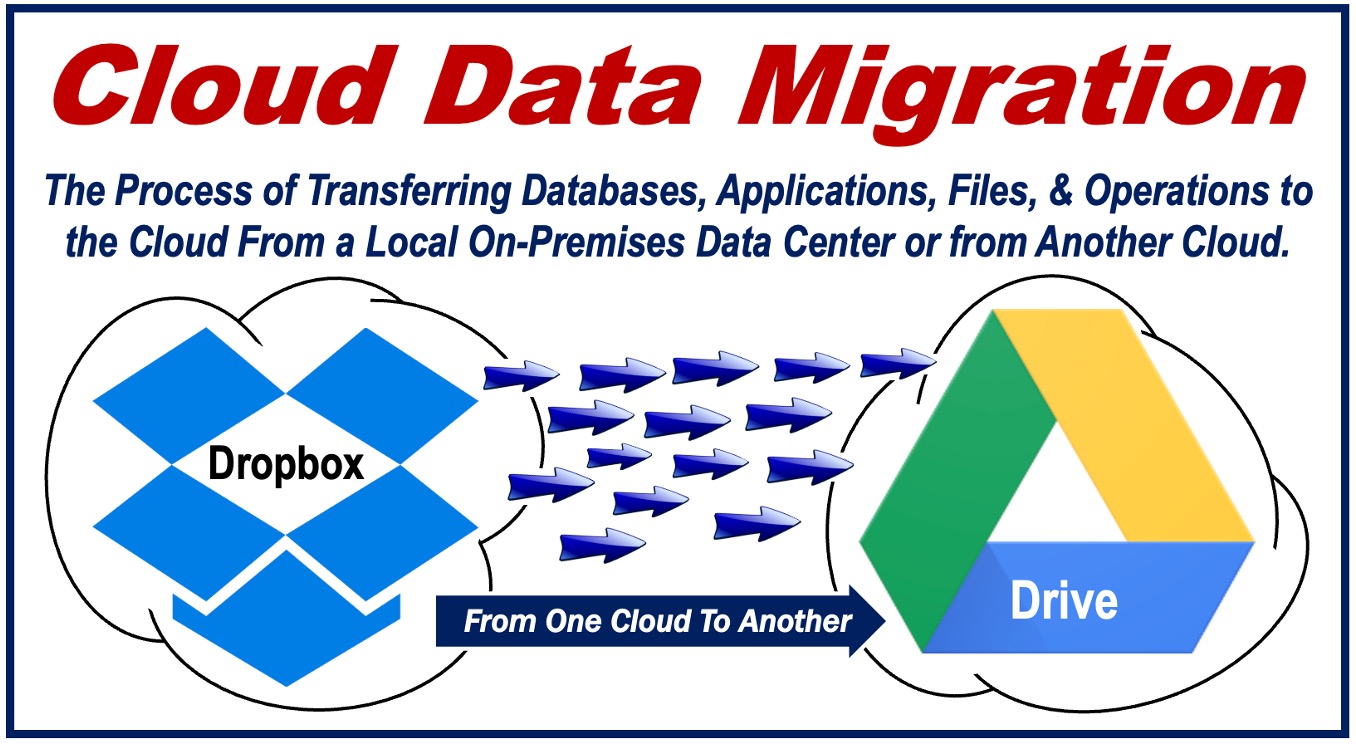Businesses are migrating to the cloud to thrive in a global marketplace and reap benefits such as streamlined operations, increased productivity, and improved data security. But cloud migration can be challenging and time-consuming if not properly planned and executed.

The article discusses the five key steps that help you make your migration project successful.
1. Create a Data Migration Plan
A detailed data migration strategy is the first step to a successful data migration project for transferring data in a proper format and accurately. The clouds from which and to which you are planning to migrate data can significantly impact the performance of your migration project.
For example, moving data to Google Drive from Dropbox, Box, Egnyte, or Citrix ShareFile can pose some challenges during migration. Analyze the source cloud data from which you are planning to migrate and understand the limitations of the destination cloud to create a successful cloud migration strategy.
2. Identify Right Migration Service
Identifying the right data migration tool is one of the most critical steps to a successful migration. Tecnimove can assist you in meeting business objectives, from avoiding disruptions to finishing the project on time.
Also, the most important thing to check before choosing any teams migration tool is its compatibility with cloud services. For example, you might want to migrate between the cloud storage services or collaboration platforms, such as from Slack to Teams. Ensure that the tool you choose supports migrating data between the clouds you want.
3. Set Realistic Timelines
The timeframe is one of the enterprises’ most important aspects of cloud migration. How long will it take to complete the entire process, from planning to migration? For businesses, the shorter the time it takes to complete a task, the more cost-effective it becomes.
However, when it comes to cloud migration, there are many things to consider that impact the migration timeline. It includes the number of users, the amount of data that needs to be migrated, destination cloud threshold limits, etc. So, have realistic timelines before initiating the migration and avoid surprises and delays during the migration process.
4. Don’t Forget to Migrate Incremental Changes
Migrating from one cloud to another may take several weeks to several months, depending on various factors such as the number of users, the amount of data to be transferred, etc.
Employees frequently continue to work on their source cloud when the migration is in process. And organizations must move all these changes (incremental changes) for employees to access all their data in the destination cloud after migration. So, ensure that you run delta migration that moves the changes made since you executed the last migration.
5. Test Your Data Before Going Live
Testing the data migrated after the migration guarantees that data moved from the source to the target cloud is accurate. So, double-check the migrated data to ensure that everything was successfully transferred. Ensure that the migrated data matches the data on the source cloud to avoid business disruptions after going live with the new environment.
Interesting related article:

